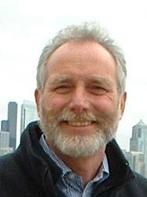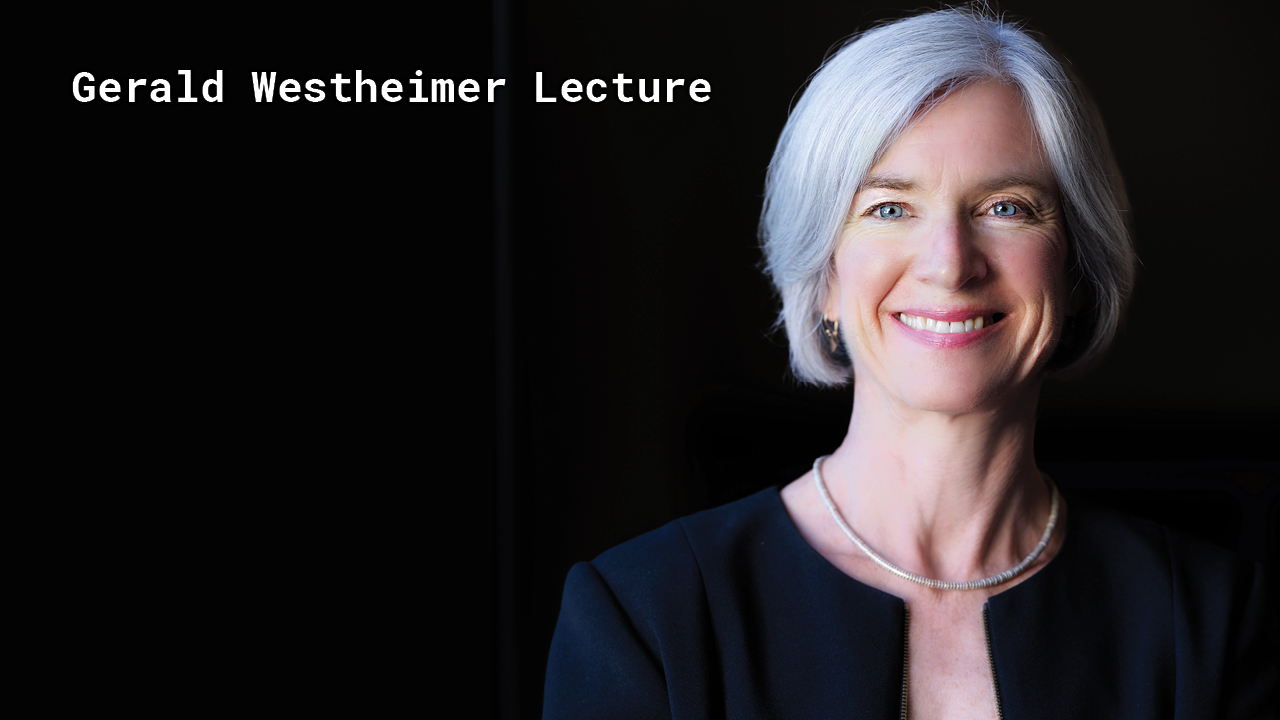La Niña Came to Eden
CCRC Seminar series.
In July 1929, Dr Friedrich Ritter and Dore Strauch left their spouses and the turmoil of post-World War I Germany for the remote, uninhabited, and rugged volcanic island of Floreana in the Galapagos archipelago. Their dream was to live self-sufficiently in an idyllic tropical setting unspoiled by civilization. Wealthy yachters stopping at Floreana in the early 1930s reported on the couple’s pioneering enterprise to the outside world. The news created a sensation that subsequently attracted other settlers, including a mysterious Viennese faux baroness who quickly sowed discord on the island. Not all the participants in this drama survived though. A prolonged drought gripped the island from 1933 to 1935 leading to food shortages that ultimately claimed the life of Dr. Ritter, who unwittingly ate tainted chicken out of desperation. The bizarre intrigues and struggles to endure on Floreana were chronicled in Dore Strauch’s 1936 memoir “Satan Came to Eden” and a 2013 Hollywood documentary based on it. A story that has not been told is how an extended period of cold La Niña conditions in 1933-35 led to the drought that caused the food shortages. We use an atmospheric reanalysis and other data sources to describe the 1933-35 La Niña and how it affected the human drama that unfolded on Floreana Island. This protracted La Niña had impacts felt in other parts of the globe as well and in particular was a major influence on the development of the 1930s Dust Bowl in the southern plains of the United States.
Speaker: Dr Michael J. McPhaden, Senior Scientist at NOAA/Pacific Marine Environmental Laboratory in Seattle, Washington.

Dr. Michael J. McPhaden
NOAA/Pacific Marine Environmental Laboratory in Seattle, WashingtonDr. Michael J. McPhaden is a Senior Scientist at NOAA/Pacific Marine Environmental Laboratory in Seattle, Washington. His research interest spans various aspects of the global climate, particularly tropical climate variability, such as the El Niño-Southern Oscillation (ENSO). He received his Ph.D. from the Scripps Institution of Oceanography in 1980. He has been instrumental in developing ocean observing systems for climate research and forecasting, most notably the Tropical Atmosphere Ocean (TAO) array in the Pacific to study ENSO. He has received numerous awards and honours, including Sverdrup Gold Medal of the American Meteorological Society, president of the American Geophysical Union (2010-2012), and Web of Science Highly Cited Researcher in interdisciplinary science.



